- Men and women have not completed the process of three books and six ceremonies, and their marriage is not recognized as a matchmaker

Marriage is a major event in life. Ancient China attached great importance to marriage etiquette, especially Confucianism regarded it as the foundation of etiquette.
The wedding rituals of the ancients mainly followed the etiquette and custom of "combining the two surnames, the ancestors and temples, and the descendants". They adopted the "parents' orders and the matchmakers' words" and went through a set of rituals and conventions. Procedures to formally become a husband and wife.
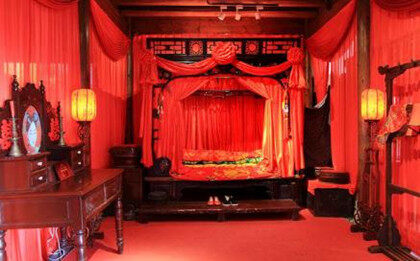
The three books are documents used in the marriage process, which can be said to be effective written records for guaranteeing marriage in ancient times.
letter of appointment
That is, the instrument of engagement. When Najib (a man and a woman enter into a marriage contract), the man’s family gave the woman a letter.
Ritual book
That is, the document used in the exaggerated gift lists the items and quantity of the exaggerated gift.
Welcome book
That is, the document to marry the bride. It is the paperwork given by the man to the woman when she greets the bride.
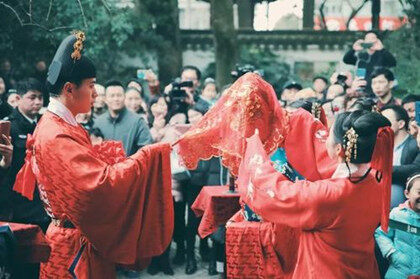
The six rituals are the six rituals of the marriage process, which are Nacai, Inquiring Name, Najib, Najib, Najib, Appointment, and Greeting.
Nace
Marriage customs of the ancient Han nationality. Popular in many areas of the country. The first ceremony in the "Six Ceremonies". The man wants to get married with the woman, and the man sends a matchmaker to the woman's house to propose marriage and presents a marriage proposal.
Ask the name
After the man’s ritual is given, he asks a matchmaker to ask the woman’s name, date of birth, and time, so that the man can ask whether to marry or not and what is good or bad. Or think that the first name is the man sent a messenger to ask the woman's biological mother's surname in order to distinguish the concubine. The scope of the post-question name was extended to many aspects such as family status, position, property, appearance and health. You must also bring gifts to ask for your name, usually with a goose.
Naji
The third ceremony of the six ceremony. It is the etiquette for the man to inform the woman of the auspicious signs of marriage after the man asks his name and puts together the eight characters, and gives gifts to indicate that he wants to be engaged. In ancient times, Najib also gave a goose ceremony.
Na sign
Marriage customs of the ancient Han nationality. Popular in many areas of the country. The fourth ceremony in the "Six Ceremonies". Also known as "Nacheng", that is, the male Najib sends a bride price to the female.
Request
Commonly known as sending the sun or mentioning the sun, one of the Chinese marriage etiquette, the fifth of the six rites. That is, the man’s family decides the best date for marriage, writes the boy and girl G (letter of gift) in red paper, and the matchmaker takes it to the girl’s house to discuss the date of marriage with the hostess.
Welcome
Commonly known as welcoming relatives. The ceremony where the new son-in-law goes to the daughter's house to marry the bride. Usually, after the male’s family informs the female’s date of marriage, on the wedding day, the groom personally greets the bride at the female’s house, or the male’s family sends a welcoming team to marry, and the groom waits at home.
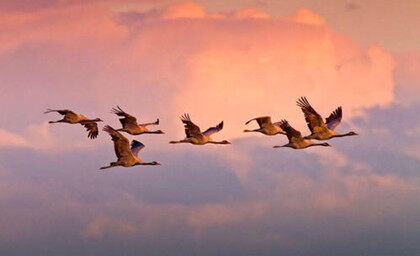
According to traditional Chinese etiquette, men and women need three books and six ceremonies to get married, also called three-match six-employment. Today, many places still follow this complete set of etiquette. Editor/He Yuting
Comment
 Praise
Praise
 Collect
Collect
 Comment
Comment
 Search
Search


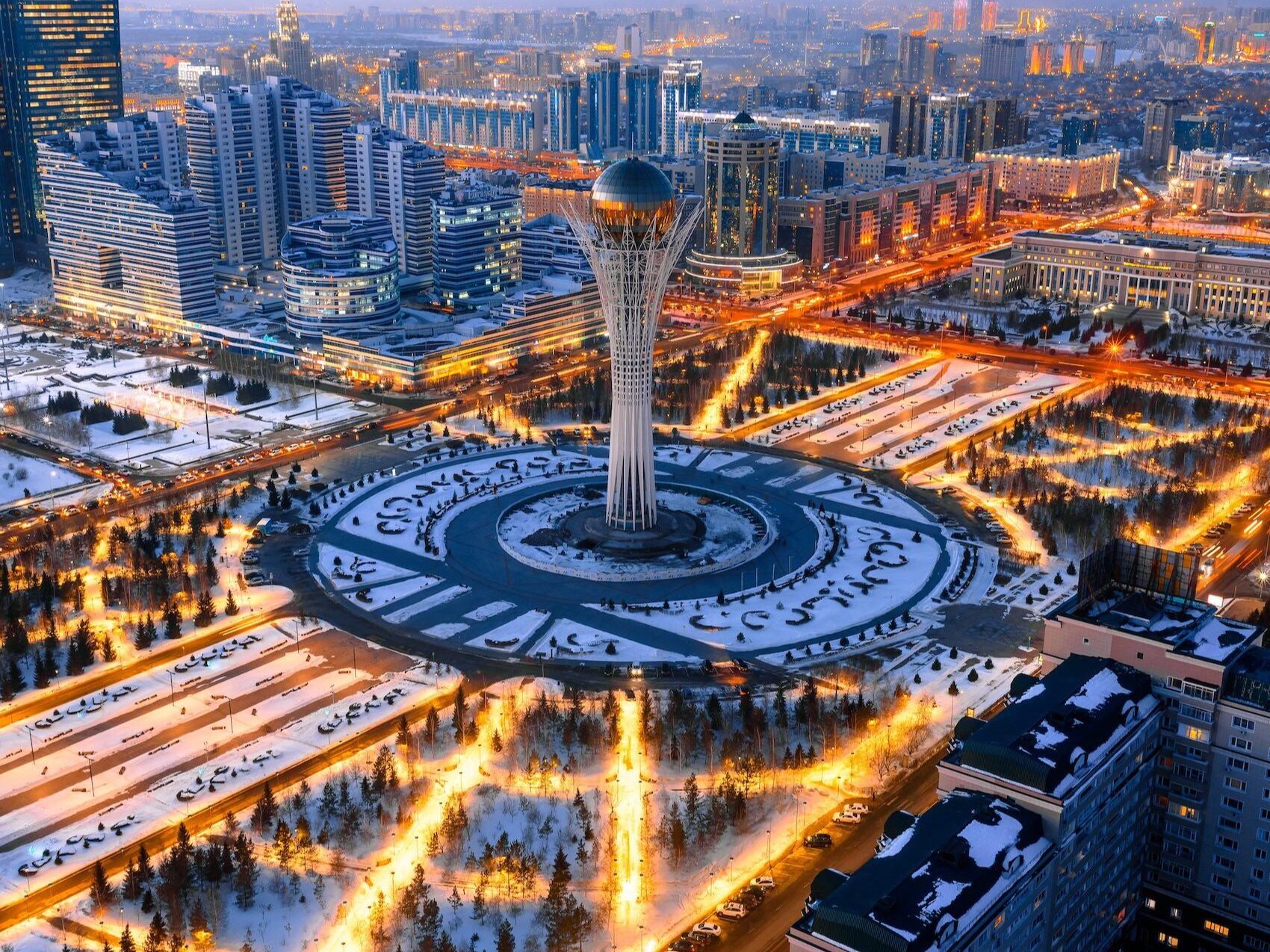
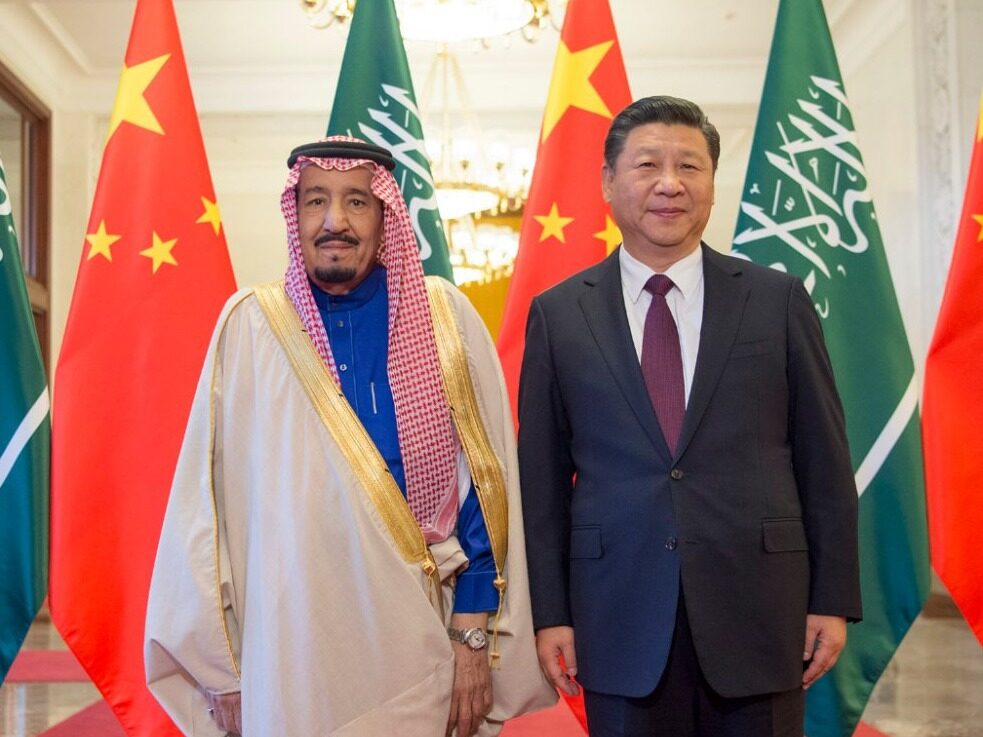


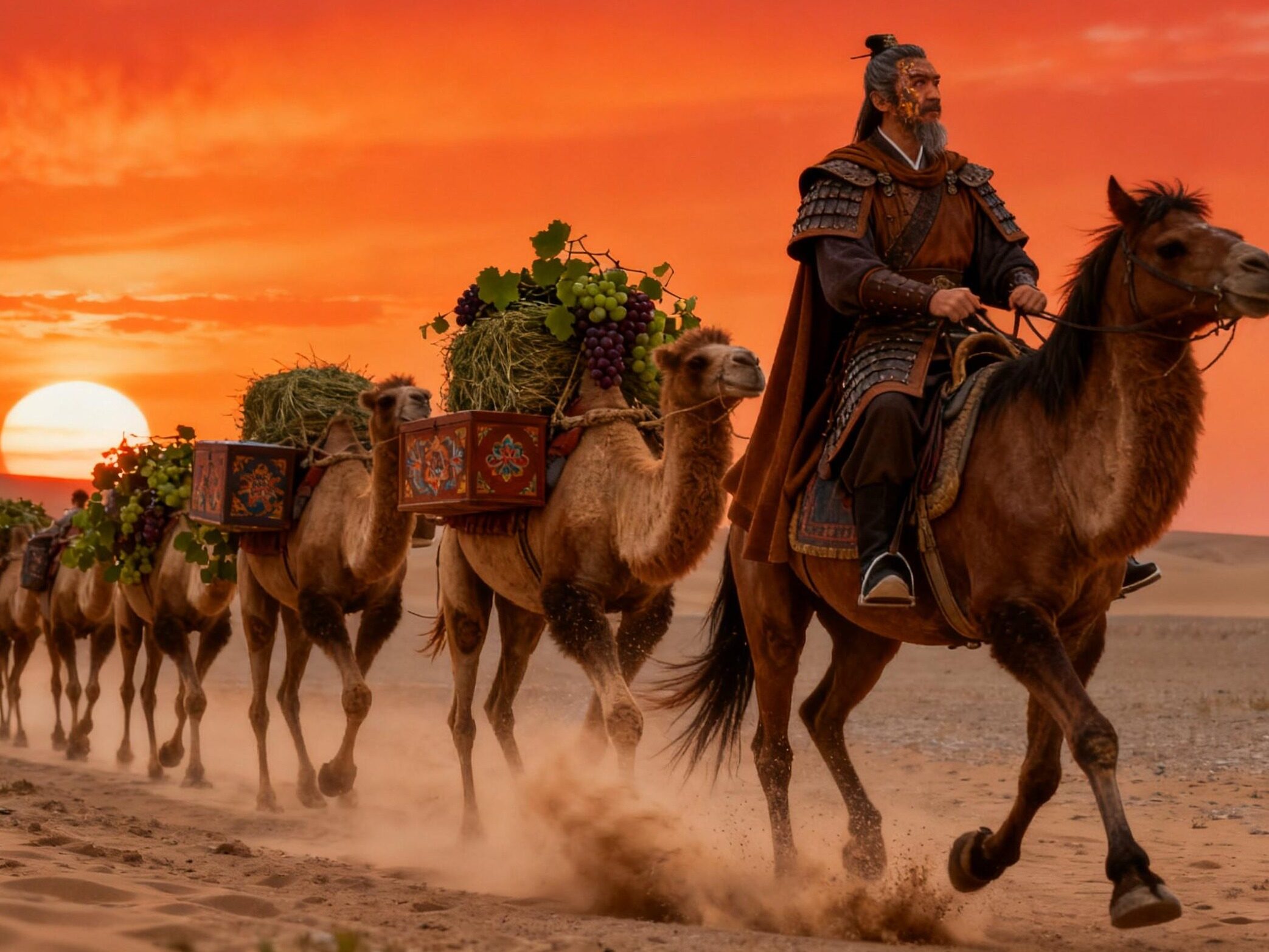
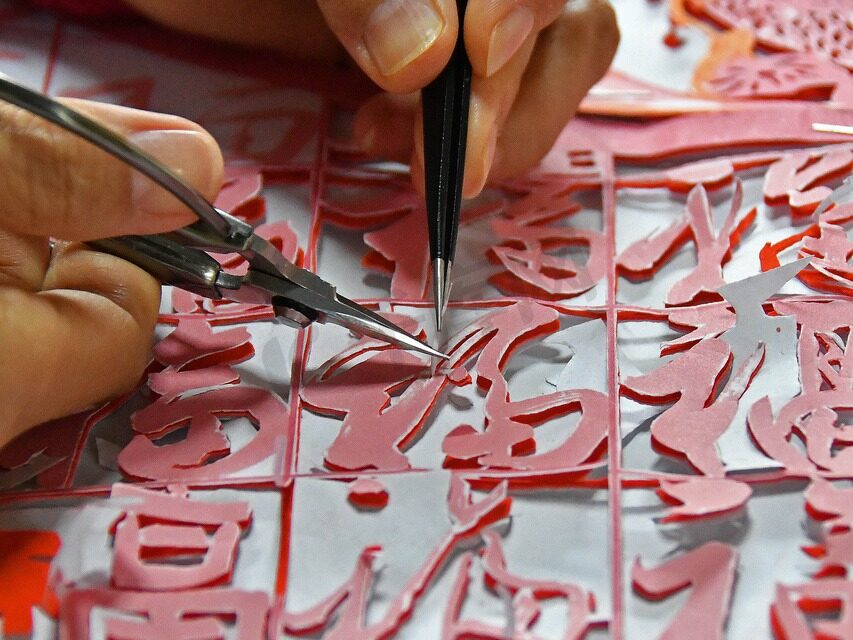






Write something~